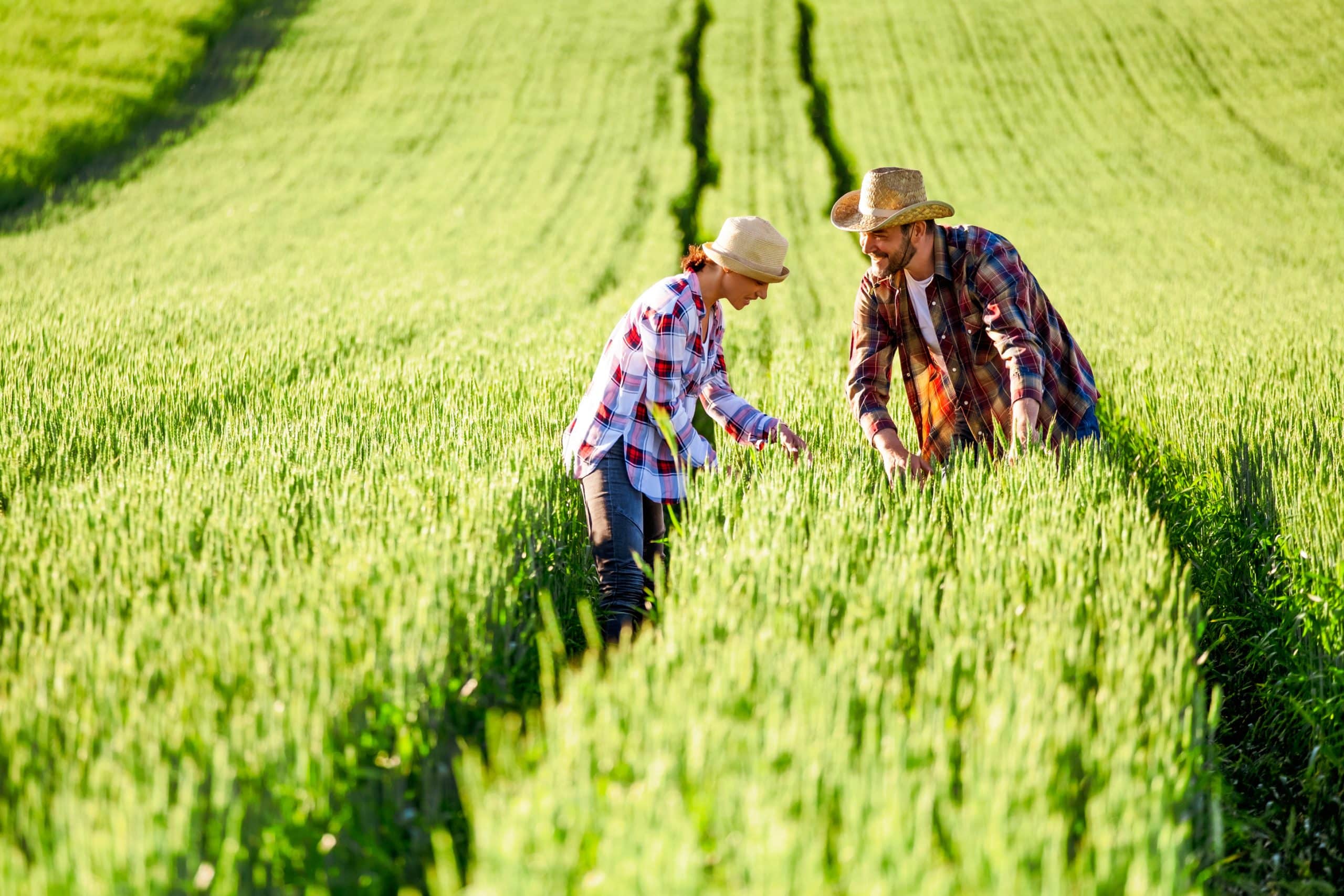What Are the Best Strategies for Wildlife-Friendly Farming in the UK?

In recent years, there’s been a growing understanding of the critical role our farming practices play in sustaining local ecosystems and wildlife habitats. UK farmers, in particular, have become more conscious of the need to shift their farming methods towards techniques that will help safeguard the country’s rich biodiversity. This article explores some of the best strategies that UK farmers can adopt to create a wildlife-friendly farming environment.
Incorporating Habitat Management Practices
Proper habitat management is fundamental in creating wildlife-friendly farms. The primary goal here is to ensure that farming lands offer diverse and suitable habitats for different species.
Topic to read : What Are the Environmental Benefits of the UK’s Push Towards Electric Buses?
Farmers can integrate a variety of habitat management practices into their farmland. These could include creating wildflower margins around fields, maintaining hedgerows, and leaving some land uncultivated for wildlife. These simple measures can provide vital habitats for a range of species, from birds to insects and small mammals.
To manage water habitats, you can establish ponds, reed beds, and wetlands on the farm. These provide crucial habitats for a range of water-dwelling and amphibious species.
Have you seen this : How Do Precision Agriculture Technologies Optimize Crop Yield in the UK?
Embracing Rewilding Principles
Rewilding is a form of conservation that involves letting nature take control of land to restore ecosystems and encourage biodiversity. It’s a newer approach to land management that can significantly benefit both farming and wildlife.
Incorporating rewilding principles into farming practices can involve setting aside areas of farmland to regrow naturally, without human interference. This can create various habitats, from woodlands to meadows, that will attract and sustain diverse wildlife species.
Moreover, introducing native species back into these rewilded areas, such as the Eurasian beaver or the European lynx, can help restore ecosystem balance and improve biodiversity. It’s important to note that rewilding is not about abandoning the land but allowing it to regenerate in a way that benefits both wildlife and farming.
Promoting Soil Health
Healthy soil is vital to both farming and wildlife. It’s home to a multitude of organisms like bacteria, fungi, insects, and worms, which are essential for maintaining a balanced ecosystem and enriching the soil.
Farmers can promote soil health by employing practices like crop rotation, cover cropping, and reducing pesticide use. These practices help maintain the soil’s structure, reduce erosion, and increase its organic matter.
Furthermore, healthier soils hold more water and therefore are more resilient to drought, which benefits both crops and wildlife. They also improve crop yield and quality, benefiting the farm’s productivity and profitability in the long term.
Implementing Wildlife-Friendly Water Management
Water is a precious resource in farming. Its management not only affects the productivity of the farm but also the health of local ecosystems.
Wildlife-friendly water management can range from reducing water usage and maintaining healthy farm waterways to creating new water habitats. For instance, farmers can minimize water wastage by utilizing efficient irrigation methods and rainwater harvesting systems.
Maintaining and enhancing farm waterways is also crucial. Keeping ditches, streams, and ponds clean and free from pollution helps protect local water habitats. This way, both the farm and local wildlife can enjoy clean, healthy water.
Encouraging Sustainable Food Production
The final strategy to make farming wildlife-friendly is to encourage sustainable food production. This involves practices that balance the need for food production with the preservation of the local ecosystem.
Implementing sustainable farming practices like organic farming or precision agriculture can significantly reduce environmental harm and promote wildlife conservation. Additionally, diversifying crops and livestock types can create a more balanced farm ecosystem, which can also attract and sustain more wildlife.
Ultimately, the goal is to create a farming system that sustains both food production and local wildlife. By implementing these strategies, UK farmers can play a significant role in preserving the country’s rich biodiversity.
Embracing Regenerative Agriculture Practices
Among the best strategies for wildlife-friendly farming, the adoption of regenerative agriculture practices stands out. This approach focuses on restoring soil health, reducing carbon emissions, and improving biodiversity.
Regenerative agriculture seeks to enhance the farm’s natural resilience to extreme weather events, often intensified by climate change. This is achieved by increasing the organic matter in the soil, which boosts its water-holding capacity, making crops more drought-resistant.
Healthy soil teems with life, from tiny microbes to earthworms, all playing a vital role in turning decaying matter into nutrient-rich humus. This rich, fertile component of soil is crucial for plant health, enhancing crop resilience to pests and diseases, and reducing the need for chemical interventions.
Promoting soil health doesn’t just benefit the farmer through better yields, but also supports a diverse range of wildlife. Many farmland birds, for instance, feed on soil-dwelling invertebrates, so a vibrant, healthy soil ecosystem can help to sustain these bird populations.
Regenerative agriculture also advocates for the use of cover crops, which protect the soil from erosion, improve its structure, and add beneficial organic matter. Cover crops provide additional benefits for wildlife by offering habitats and food sources for a range of species, from farmland birds to insects and small mammals.
Building Effective Farming Incentives
Understanding the crucial role that farmers play in maintaining the UK’s biodiversity, it’s essential to build effective farming incentives that promote wildlife-friendly practices.
Farmers, including tenant farmers, need to be encouraged to adopt practices that not only enhance productivity but also have long-term benefits for local ecosystems. This could be achieved through payment schemes that reward farmers for conserving wildlife habitats, improving soil health, and reducing water and pesticide use.
It is also essential to ease access to information about sustainable farming practices. Workshops, seminars, and farm visits can provide farmers with practical insights into wildlife-friendly farming. Technology can also play a role here, with digital platforms and mobile apps making it easier for farmers to access relevant information and advice.
Moreover, public awareness campaigns can help consumers understand the value of wildlife-friendly products. This can create a demand for such products, providing a market incentive for farmers to adopt sustainable practices.
Conclusion: Towards a Wildlife-Friendly Farming Future
The strategies outlined above represent some of the most effective ways UK farmers can adopt wildlife-friendly farming practices. From habitat management and rewilding to promoting soil health and sustainable water management, these techniques can all contribute to creating a more balanced and resilient farming ecosystem.
By embracing regenerative agriculture and building effective farming incentives, we can encourage a shift towards a more sustainable, wildlife-friendly farming future. These strategies not only enhance the productivity and resilience of farms but also play a crucial role in conserving the UK’s vibrant biodiversity.
It’s an ongoing journey that requires the commitment and effort of all stakeholders, from farmers and land managers to policymakers and consumers. By working together, we can ensure that our farming systems continue to produce the food we need while also protecting the wild creatures that make our farmland their home.
